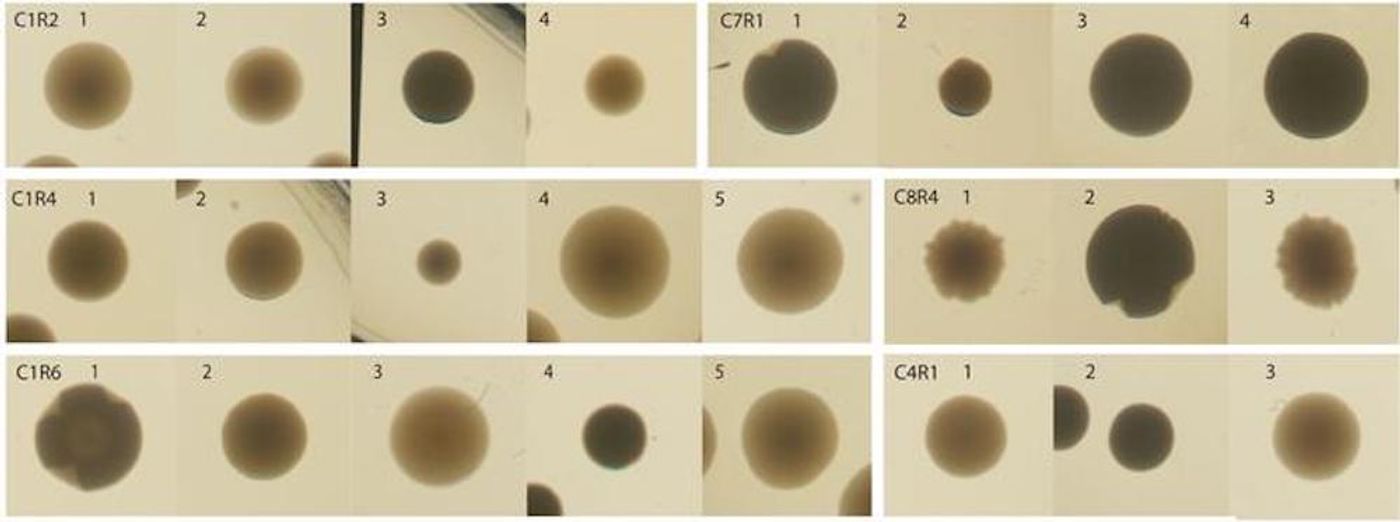Microbiomes are More Than Simply the Sum of Their Species
There are potentially hundreds if not thousands of microbial species in the average human gut microbiome. That microbial community has a powerful effect on human health, and we may be able to harness it to treat a wide variety of diseases. Microbial communities can be found living in many other places as well, including the environment, where they can exert a significant influence on nature and climate. In short, we have a lot to learn about microbiomes, and that knowledge could benefit us tremendously. But first, we have to understand how microbes coexist with one another within their communities. Engineering model microbiomes could be one way to do that, but scientists have to find the right microbes that will go together, and in a microbial community that is simple enough to be analyzed effectively, yet complex enough to reflect what is found in nature.
It has been suggested that if two microbial species can grow together, they can also be part of a larger microbial community. To use this prediction another way, if two microbes are found together in a microbiome, they will also grow together when it's just the two of them. If this were true, it would simplify how microbiomes are modeled and studied. However, an international group of researchers has demonstrated that this hypothesis is incorrect. The findings have been reported in Science.
In this study, the researchers dissected a dozen microbiomes that each contained three to ten species that were coexisting. The investigators took each possible pair of microbes, grew them together, and determined that the old hypothesis was incorrect, because they found that once taken out of their microbiome, not all pairs were able to grow together. This work has highlighted the challenges of identifying microbes that will coexist in culture, and that new tools are needed to make such predictions.
The study has also stressed that microbiomes should be taken together, and they are more than simply the sum of their individual species.
“This study will definitely have an impact on our understanding of microbial communities and the microbiome. And it will also inform the building of models and technologies to design microbiomes and steer existing ones towards desired states in many applications; for example in health, wastewater treatment, production of sustainable biopesticides and biofertilizers based on microbes," noted study co-author Djordje Bajić, an Assistant Professor in Industrial Microbiology at the Delft University of Technology.
Sources: Delft University of Technology, Science









